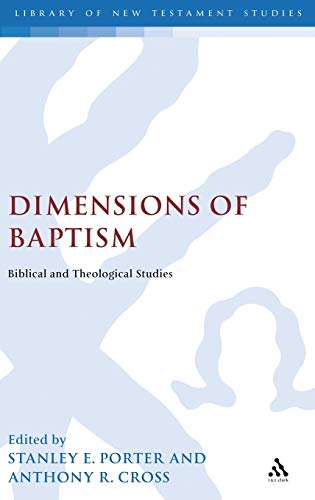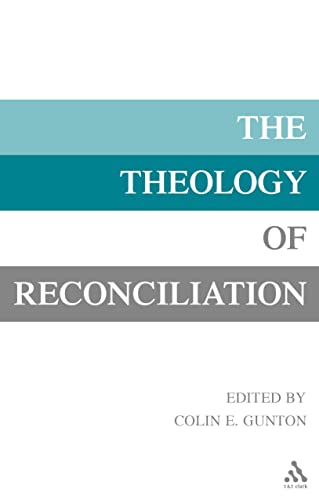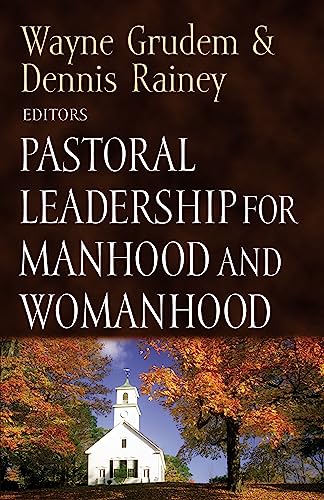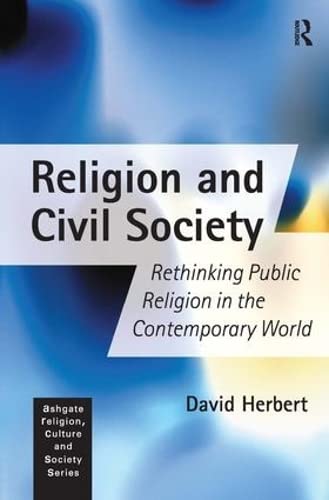WITCH-HUNTS, PURITY AND SOCIAL BOUNDARIES: THE EXPULSION OF THE FOREIGN WOMEN IN EZRA 9–10 (JSOTSup 350)
Written by David Janzen Reviewed By Mark BredinJanzen uses an anthropological approach to consider the expulsion of the foreign women described in Ezra 9–10. He likens this expulsion to a witch-hunt. This is when a group blames a sub-group for dissension when this sub-group is not responsible (19). He sees parallels between societies with weak social moralities who react with witch-hunts and the expulsion of the foreign women in Ezra 9–10. This leads him to suggest that the expulsion of the women in Ezra 9–10 is the result of the post-exilic community struggling to enforce its own social moralities.
Janzen’s main problem with scholarship is its failure to explain why the suggestions offered are not backed up by the text. For example, he is critical of F. W. Schultz’s suggestion that the foreign women are cast out because they are seen as a threat to Israel’s existence (11). Janzen argues that the text says that women are cast out because they are impure. It is hard to appreciate Janzen’s criticism; surely those who are a threat to Israel’s existence are a danger because they are impure and challenge Israel’s commitment to God’s covenant. Although Ezra states that the cause of Israel’s exile is its inequities (9:7), the implication is that Israel will be not be restored if it does not obey God’s commandments, in particular, that Israel must not intermarry. Further, this fear is expressed in its concern for survival in 9:14.
Janzen disputes the idea that apostasy is a concern. He argues that the text does not say so (45). But is this concern of Ezra not implicit in the text? The post-exilic community, whom Ezra is addressing, is in the process of resettlement. Likewise, in Deuteronomy 7:2–4, Israel’s resettlement is a major concern of the Deuteronomist as it brings to mind God’s proscription against intermarrying (see Ezra 9:11). I don’t understand why Janzen has not taken more seriously those texts such as Deuteronomy which embody and transmit traditions that formed the collective memories of the post-exilic community. Surely traditions in which God prohibits intermarrying are significant as well as traditions calling for the destruction of foreigners.
Generally I am puzzled as to how the witch-hunt adds to our reading of Ezra. The text itself does not state that Israel purifies itself by blaming its lack of commitment to the covenant on others. We read rather about a community in the process of resettlement, surely this wider context is crucial to understanding the motives behind the expulsion in Ezra 9–10. Central to Israel was loyalty to the covenant, and specified in that covenant is that Israel is an elect people who must remain loyal to its God. Although intermarrying was practised under certain circumstances by Israelites, in a setting of resettlement and with a strong influence from foreign powers. I cannot see why we need a witch-hunt model to explain the expulsion.
Janzen could perhaps have made more of 10:9. This tells us that the heavy rains were a burden to the Israelites. Maybe a scapegoat was sought to alleviate this burden. The rains are a manifestation of Israel’s disobedience, and the only way to alleviate this is a witch-hunt (cf. 2 Sam 21:1–14).
While I cannot fully endorse the arguments or conclusions reached by this book, it is a helpful book as we consider various approaches to reading biblical texts. Certainly the idea of societies seeking scapegoats to purify themselves is an important insight. Janzen’s thesis should be considered a serious interpretative approach and possibly lead to a more cogent case being made in the future.
Mark Bredin
Cambridge







